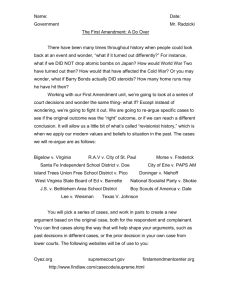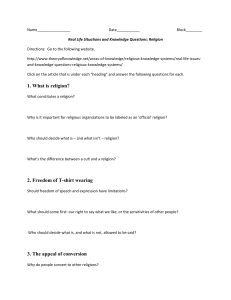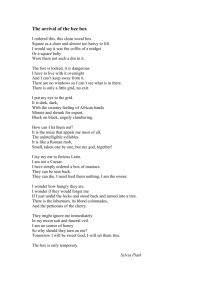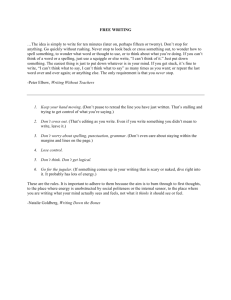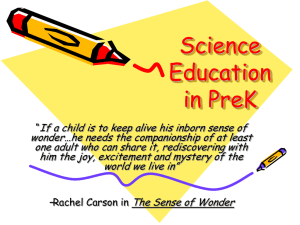The Wonder Fair Information
advertisement
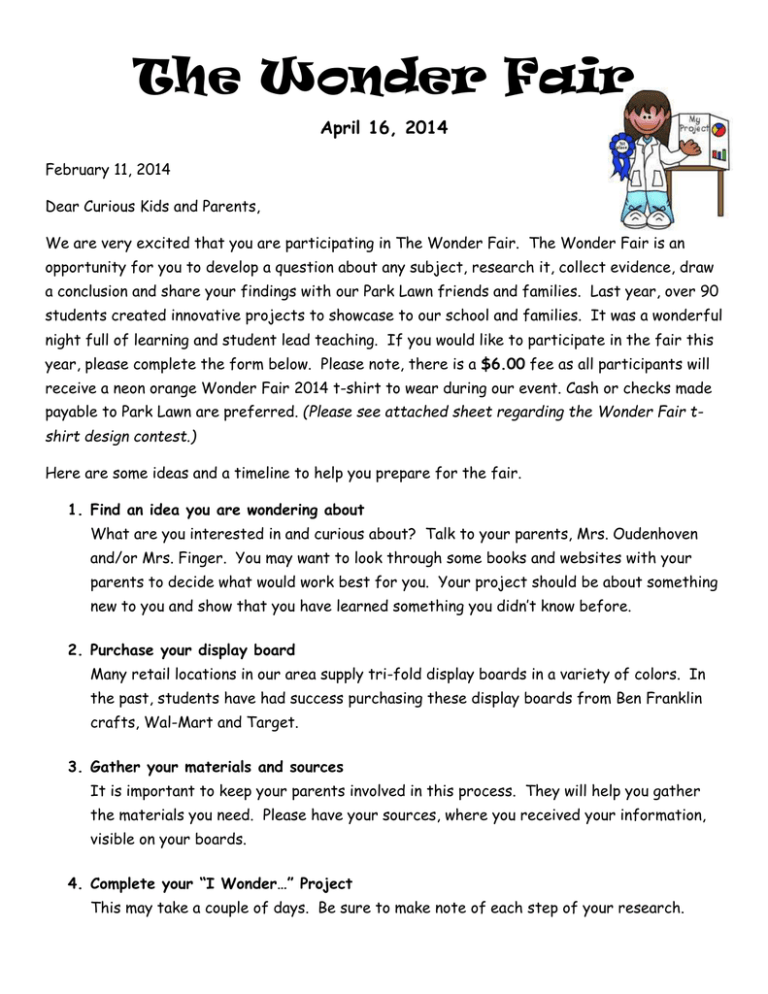
The Wonder Fair April 16, 2014 February 11, 2014 Dear Curious Kids and Parents, We are very excited that you are participating in The Wonder Fair. The Wonder Fair is an opportunity for you to develop a question about any subject, research it, collect evidence, draw a conclusion and share your findings with our Park Lawn friends and families. Last year, over 90 students created innovative projects to showcase to our school and families. It was a wonderful night full of learning and student lead teaching. If you would like to participate in the fair this year, please complete the form below. Please note, there is a $6.00 fee as all participants will receive a neon orange Wonder Fair 2014 t-shirt to wear during our event. Cash or checks made payable to Park Lawn are preferred. (Please see attached sheet regarding the Wonder Fair tshirt design contest.) Here are some ideas and a timeline to help you prepare for the fair. 1. Find an idea you are wondering about What are you interested in and curious about? Talk to your parents, Mrs. Oudenhoven and/or Mrs. Finger. You may want to look through some books and websites with your parents to decide what would work best for you. Your project should be about something new to you and show that you have learned something you didn’t know before. 2. Purchase your display board Many retail locations in our area supply tri-fold display boards in a variety of colors. In the past, students have had success purchasing these display boards from Ben Franklin crafts, Wal-Mart and Target. 3. Gather your materials and sources It is important to keep your parents involved in this process. They will help you gather the materials you need. Please have your sources, where you received your information, visible on your boards. 4. Complete your “I Wonder…” Project This may take a couple of days. Be sure to make note of each step of your research. 5. Put together your display board Your board should include: a. A title/description that starts with “I Wonder...” and your name (Example: “I Wonder…How does a lightning bug light up?” by Mrs. O) b. The steps you took to research your question c. The answer to your question and what you have learned d. Your source(s) for information Remember that your board should be organized, including pictures to help describe your questions and answers. You may also consider making models and bringing in artifacts to use with your display board. 6. Create a presentation to accompany your display board Your presentation should include demonstrations, skits, news broadcasts, music, or any other idea that you think works best for your project. People love to walk by and see what’s going on…make it interesting and engaging for your audience! The Wonder Fair will take place on Wednesday, April 16th from 5:00 – 6:30 pm. We will begin set up of The Wonder Fair afterschool on Tuesday, April 15th in the gym. Set-up will continue in the morning of the 15th with all projects displayed and ready for viewing by 9:00am. Each class in the building will have a chance to come and view the displays during that day. Students are required to attend the evening portion of The Wonder Fair. Feel free to call or e-mail with any questions! Sarah Oudenhoven #262-560-8200 ext.8283 sarah.oudenhoven@mail.oasd.k12.wi.us Andrea Finger #262-560-8200 ext. 8273 andrea.finger@mail.oasd.k12.wi.us Suggestions for Parents Below are some suggestions on where your child can go to get ideas for wonder fair projects, as well as suggestions on how you can help your child prepare. We hope this will help your child have a positive experience. Where to go for ideas: Determine areas of interest for your child. Encourage your child to ask “I wonder” questions such as “I wonder how bees make honey.” These questions often lead to the most original projects. School libraries and the public library have many books describing a variety of activities. (Many science activities in books are demonstrations of a concept, though the book may call them an experiment.) Librarians often can help with locating resources or finding ideas. Teachers can help with ideas or sometimes can even help with finding materials. The Internet has a lot of websites that provide project ideas. Examples include http://www.stevespanglerscience.com/ http://www.sciencefair-projects.org/ http://www.sciencebuddies.org/science-fair-projects/project_ideas.shtml http://www.sciencefairadventure.com/ http://www.education.com/science-fair/ (experiments by grade level) How can you help? Encourage your child. Ask questions. Questions will encourage a child’s thinking more than telling them what to do. Help your child construct a plan and a schedule so that everything is not done last minute. Ensure that safety precautions are foremost in the child’s mind. Help your child gather information by driving them to the library. Rehearse with your child what he/she will say if they are calling someone for information. Rehearse with your child what he/she will say when people come around to look at their project. Give feedback on the child’s work, but ultimately let them decide what the final product should be. Example: “the graph is drawn clearly, but I am not able to tell what each axis is showing.” Remember: This is your child’s project. While your encouragement and support is valuable, please make certain that your child is doing the work and making the decisions regarding the project. It is your child’s understanding and learning which are most important.
